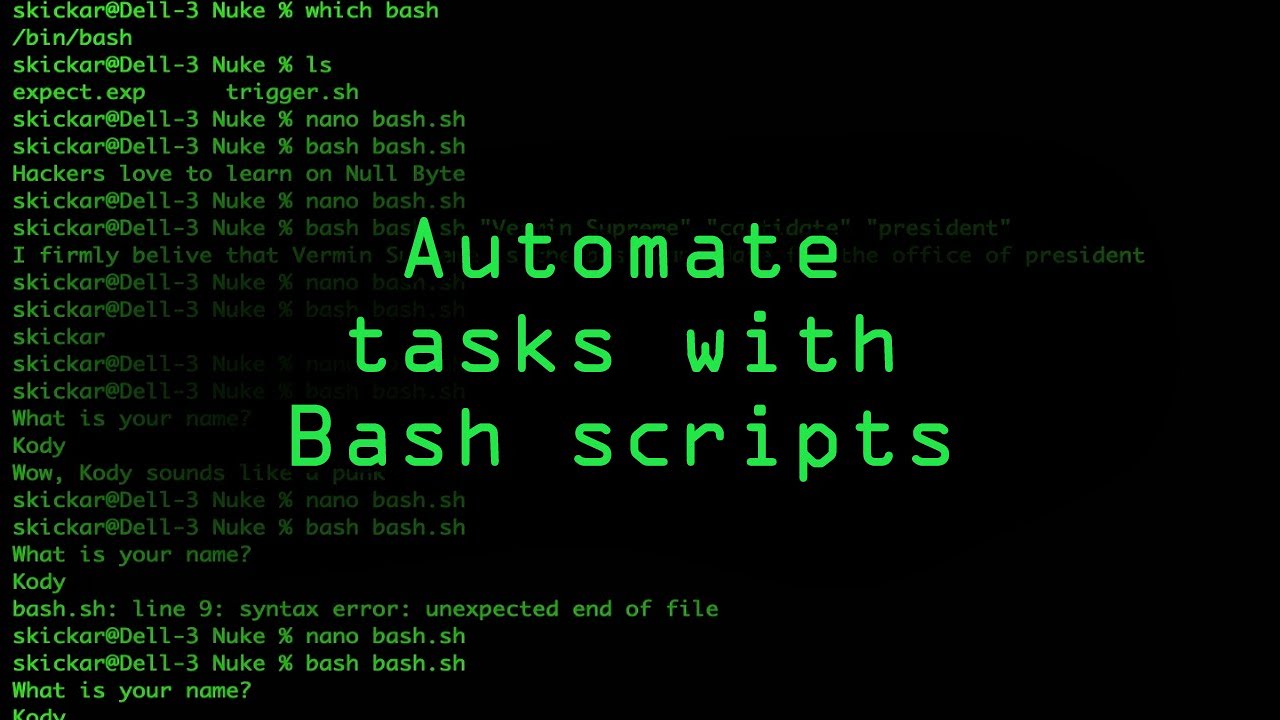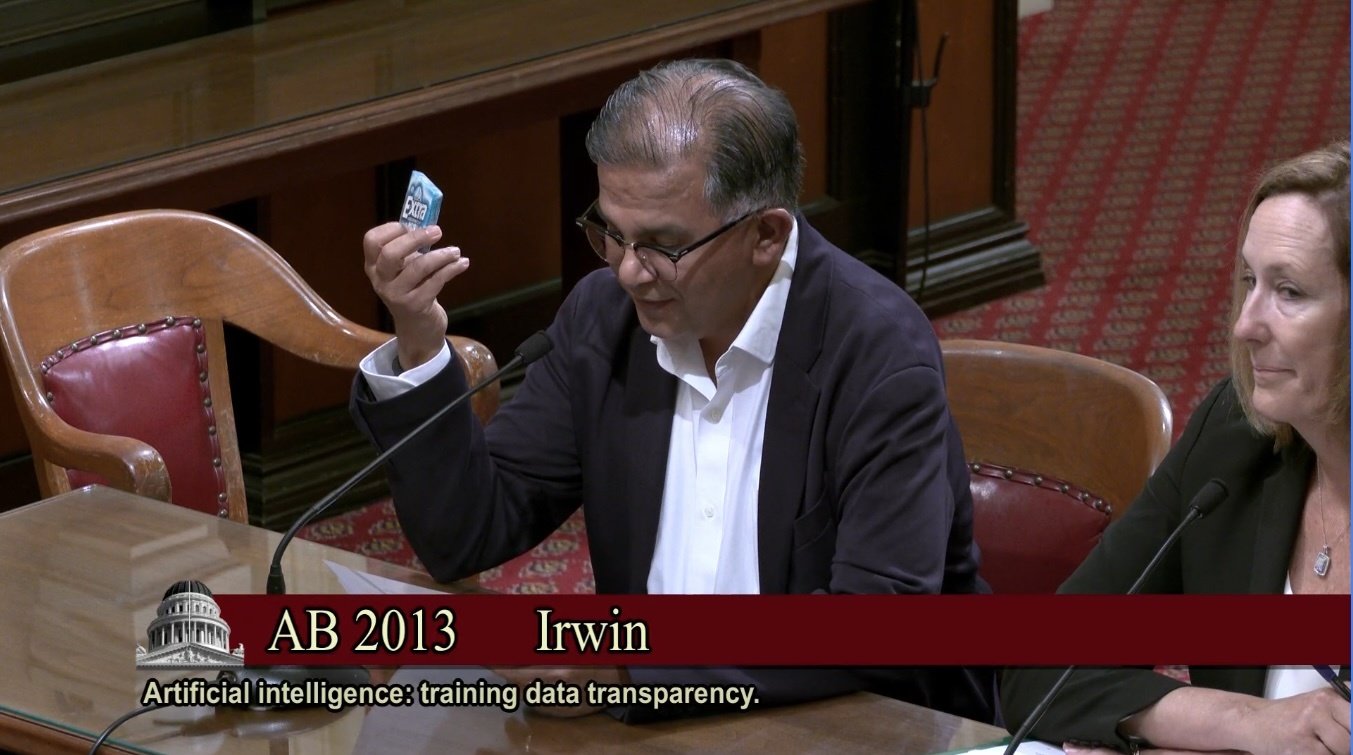
Embracing Website Security: A Different Perspective
As I sat down to browse the internet, I encountered a roadblock that many of us have faced at some point - being unable to access a website. In this case, the target was sdxcentral.com, a platform known for its tech insights and updates. The reason provided was intriguing - the website was utilizing a security service to shield itself from online attacks. While this may seem like a reasonable precaution, I couldn’t help but ponder the implications of such stringent measures.
Unveiling the Curtain of Secrecy
The message indicated that my access was restricted due to triggering the security solution. It listed potential causes, including submitting specific words or phrases, executing a SQL command, or providing malformed data. These reasons, although valid from a security standpoint, raise questions about the freedom of information flow on the web.
The Power Play of Control
Encouraging users to reach out to the site owner after being blocked seems like a logical step to rectify the situation. However, it also underscores the power dynamics at play. By placing the onus on the user to explain their actions, the website exerts control over the narrative, leaving individuals in a position of vulnerability.
Cloudflare Ray ID: A Digital Fingerprint
The mention of the Cloudflare Ray ID, a unique identifier associated with the block, adds a layer of complexity to the situation. While this feature serves as a digital fingerprint for tracking incidents, it also raises concerns about the extent of surveillance and data collection in the online realm.
Reimagining Access and Transparency
In a world where digital interactions shape our daily lives, the concept of restricted access takes on a new significance. Instead of viewing website blocks solely as protective measures, we should strive for a balance between security protocols and user transparency. Empowering individuals with more information about why access is denied can foster a culture of accountability and understanding.
Embracing a New Narrative
As I reflect on my encounter with the blocked website, I am reminded of the importance of challenging the status quo. While security measures are essential, they should not come at the cost of open dialogue and accessibility. It’s time to shift the narrative towards a more inclusive digital landscape, where security and user empowerment coexist harmoniously.
Moving Forward
In conclusion, my experience with the website block served as a catalyst for reevaluating the dynamics of online security. By advocating for greater transparency and user-centric approaches, we can pave the way for a more equitable digital future. Let’s embrace a narrative that values both protection and accessibility, creating a web environment that truly serves the diverse needs of its users.













